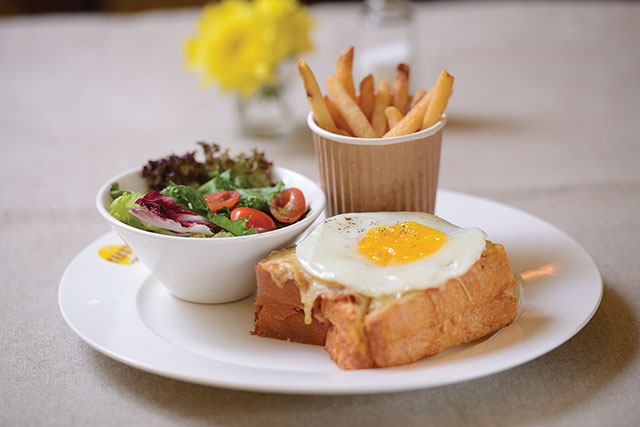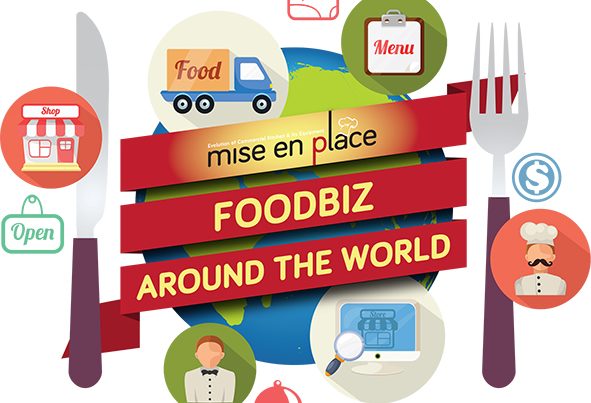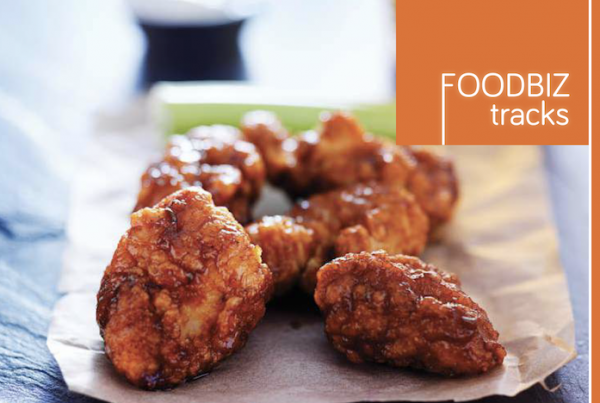
Sometimes, all breakfast has to be (to me, at least) is good bread with quality butter and coffee to begin the day. As eating culture evolves, bakers have introduced us to many variants of breads and pastries; all which began from the humble milled grain (flour). Food historians traced the beginning of bread back to man taking wild grass grains, soaking them in water and mixing it up to become a broth-like paste which was then cooked upon a flat, hot rock to become a texture we know today as bread.1
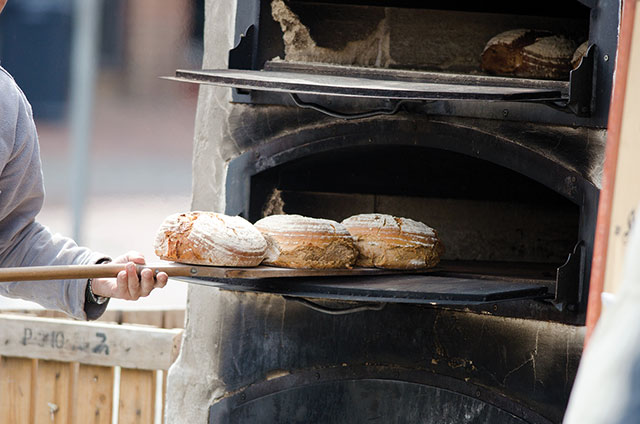
Breads made with the addition of yeast can be attributed to the ancient Egyptians who used brew beer while the earliest enclosed ovens were first built in Ancient Greece around 600 BC2. Baking soon spread across the Western civilisation and then to Asia. The method of cooking by dry heat in an enclosed space (oven) or on heated metal or stones has yield innumerable variations of baked goods; whether breads, cakes or pastries.
While bread is perceived as the food of necessities; cakes and pastries are saved for the occasional indulgence or for celebrations. This can be attributed to how the Roman Empire regarded them as treats for festivities and it was a constant competition among bakers as the one who created attractive and new delicacies would be rewarded.2 Speaking of special occasions, high-teas are gaining popularity where we delight in types of pastries, cakes and scones over cups of hot tea. Often associated with British culture, it did in fact start in the period of Victorian Britain where the Duchess of Bedford “grew tired of the sinking feeling which afflicted her every afternoon round 4 o’clock”. In hopes of reversing this feeling, she asked for a tray of tea, bread and butter, and cake to be brought to her room. The 4pm treat must have refreshed her and it soon became a popular thing to do in the country and coupled with our growing sophistication, the simple afternoon tea is now often perceived as a fancy thing to do.3
1 Pfister, Fred. “Pfister Consulting: History of Baking – How Did It All Start?”. Retrieved from http://en.wikipedia.org/wiki/Baking22/how-food-actually-getswasted-in-the-united-states/
2 Morgan, James (2012). Culinary Creation. Routledge. pp. 297-298. Retrieved from http://en.wikipedia.org/wiki/Baking
3 Simpson, Helen (1986). The London Ritz Book of Afternoon Tea: The Art & Pleasures of Making Tea. London: Angus & Robertson Publishers. Retrieved from http://en.wikipedia.org/wiki/Baking

Before the days of stores, baking was mainly done on a domestic level only to serve the family. Some would bake at home and sell them on the streets; traveling with a handcart and like most trades would eventually become commercial with automated machinery for mass production and accessibility. How often do we walk into a convenience store or our neighbourhood bakery to grab a bun or sandwich to still the hunger pangs during our busyness? Although there is a Chinese phrase of “surviving on bread” often to describe food eaten when on a budget, the scenario today is anything but – breads are more artisanal, creative and made with carefully chosen ingredients; where even flour that looks the same has different qualities. This is in line with how consumers are now taking a greater interest in what goes into their food; be it for health purposes or wanting to understand the culture behind its origins.
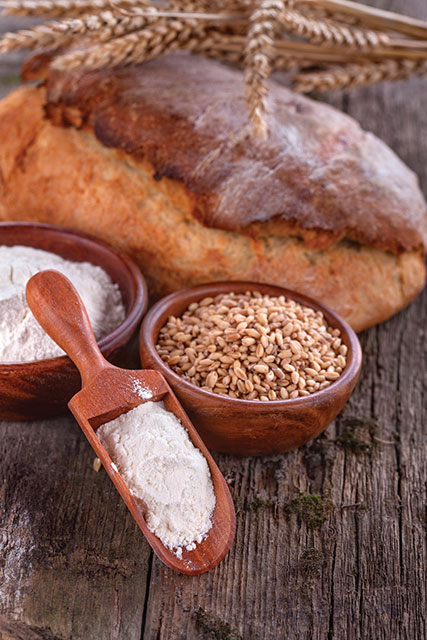
The latter reason drives business owners like Christophe Chatron-Michaud of Yeast Bistronomy; a boulangerie and bistro in Kuala Lumpur, Malaysia. Hailing from France, Christophe realised that Asians and Europeans consume breads differently. Having consulted and set up food and beverage establishments around Asia, Europe and America, he knows that audiences are able to warm up to a concept in time and if introduced correctly. Coupled with more awareness towards global cuisine, he saw it the opportune time to bring to Malaysian shores a different idea of eating the quintessential loaf. He acknowledged that Malaysians lean towards softer breads; usually called buns and initially remarked that Yeast’s bread was hard on the outside and more chewing needed for the inside. While buns usually contain fillings and eaten as a snack; Yeast introduces bread as part of a complete meal in its bistro. But wait, aren’t we talking about bakeries; how does a bistro fit in?
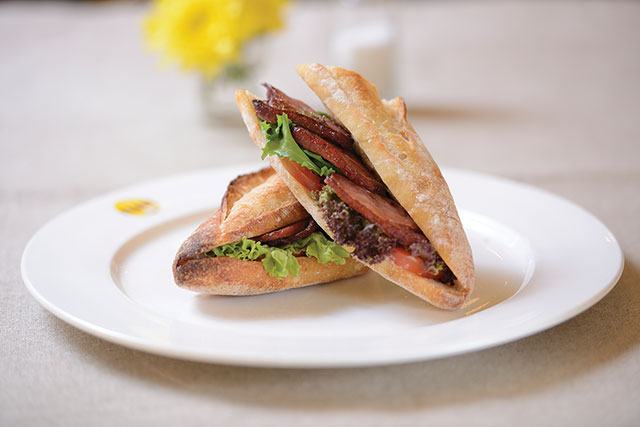
Bread as part of a full meal – Photos by Yeast Bistronomy
Indeed there are bakeries per se where one grabs-and-go but this segment of the industry is turning on its wheels and more bakery-cum-cafes are being opened to offer clients both sides of the coin. A meal in an ambience with sweet treats and drinks to accompany plus breads to-go for the household. For entrepreneurs, this trend is popular in Malaysia for consumers enjoy the café environment and the culture of dining out in Asia is a huge reason why foodservice is flourishing. In the next section, we get in-depth with Christophe to discuss the operations of Yeast and also spoke with Malaysian entrepreneur, Brandon Hui of homegrown Tokyo Pastry on the concept of his bakery.
